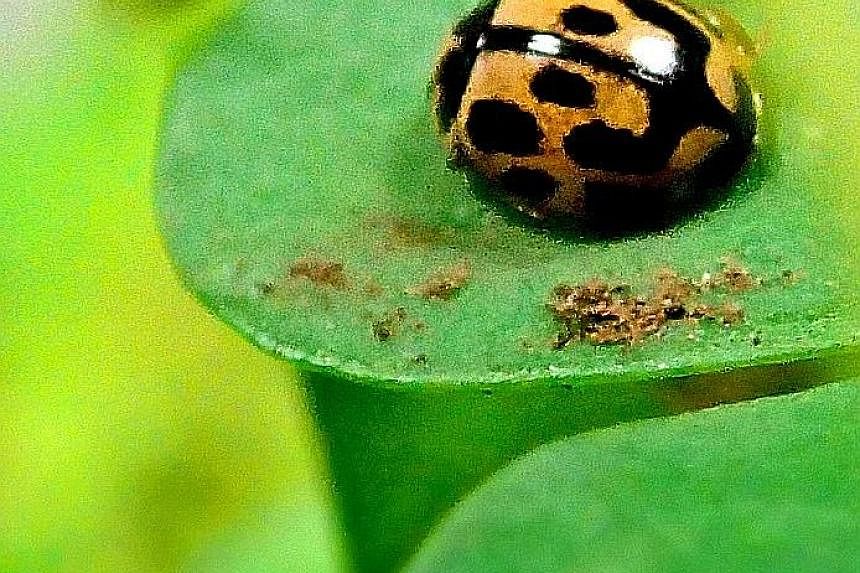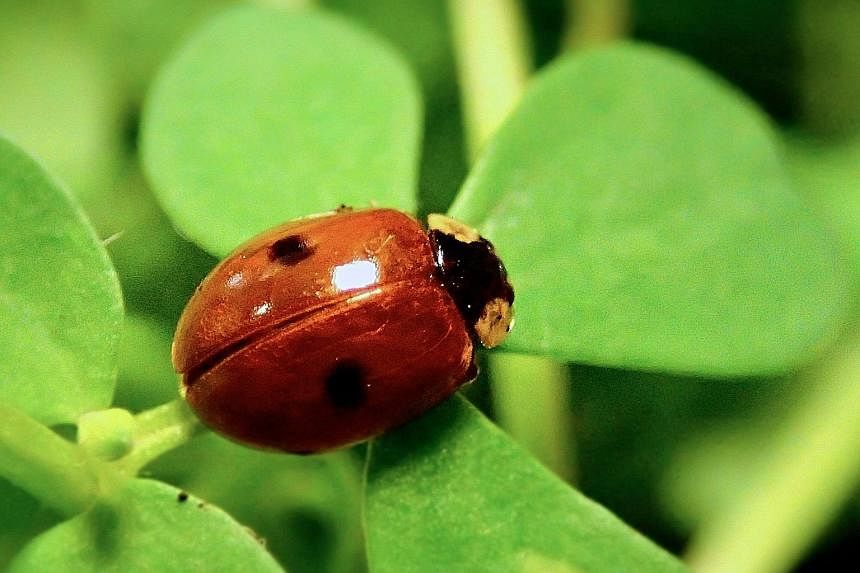Labybirds come in red, yellow and even orange, and are often embellished with spots.
The colours make ladybirds look pretty, but they also act as a warning to predators to beware of the foul-smelling, poisonous chemicals the insects use for defence. And it seems that the brighter the ladybirds are, the more toxic they are as well, according to new research by Exeter and Cambridge universities in Britain. The study found that relatively inconspicuous species have low levels of defence and place more emphasis on avoiding being seen, whereas more conspicuous species openly flaunt their strong defences to predators such as birds. And the birds are taking heed - researchers said that the more colourful the ladybird species, the less likely it is to be attacked.


